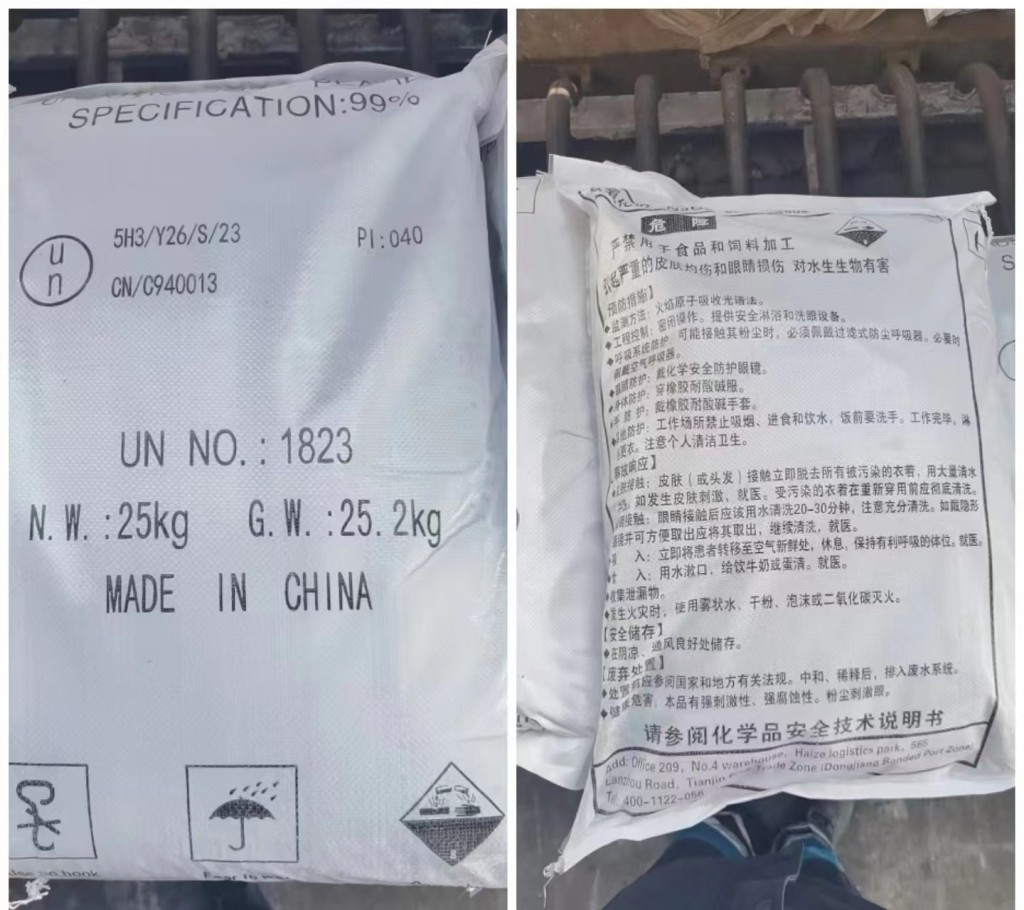Realistic approach to steer PCPIRs towards successful outcomes

“We have got inputs from a wider spectrum of people to understand the issues within the PCPIRs. Dahej is the only PCPIR that we have envisioned fully and it offers us lessons in terms of what still needs to be done. While the anchor tenants and other key factors have been partially achieved, we need to do more on infrastructure and policy,” says Rangarajan Vijayaraghavan, Vice President, Adani Group. There have been multiple aspirational intentions that have been laid out. Why Dahej has not been able to take off the way it was expected is because of the issues across the value chain. The interesting part is that while our exports have grown fast, the imports comparatively have grown faster. It points towards the opportunity where the Indian chemical industry has to step up efforts to bridge the gap of US$ 163 billion worth of demand,” commented Vijayaraghavan. “The master plan can pick up global lessons, especially from Europe and the Middle East. As an example, Jurong Chemical Park in Singapore since inception has been export oriented and leveraged the position of the location. In each of the PCPIRs, investors will be different, so will be the schemes and policies. Setting up of manufacturing plants is fine but a lot depends on the facilities for infrastructure developers and skill development of resources. At the same time, self-certification is critical for specialty chemicals as the product mix changes fast and can’t wait endlessly for the regulatory approvals. The strategic master plan will enhance the capabilities of such PCPIRs,” adds Vijayaraghavan. Vijayaraghavan spoke at a panel discussion on ‘Leveraging Petroleum, Chemicals and Petrochemicals Investment Region (PCPIRs) to achieve rapid integrated growth,’ at the Indian Chemicals and Petrochemicals Conference (ICPC) 2021 organized by the Confederation of Indian Industries (CII). “We anchor our solutions on sustainability as we align to the United Nations Sustainable Development Goals which include a new, universal set of goals, targets and indicators over the next 15 years. Among the future added considerations are industrial symbiosis, energy transition, resiliency, digitalization, and climate change. Energy innovations help reduce total global energy consumption to mitigate the increased demand from population and economic growth. Refinement and upgrade of our planning processes and considerations are pertinent to ensure future industrial clusters are sustainable and relevant. Timely identification of the issues within the present ecosystem and support infrastructure could help in drawing a strategic roadmap for revival of PCPIRs in India,” says Wooi Leong, TAN Senior Director (Energy & Industrial), Surbana Jurong Infrastructure Pte Ltd. “Union government is actively supporting the respective states to make their PCPIRs successful. There is a need for all the stakeholders to come together and share their inputs for the master plan which has to be developed jointly by the government, investors and anchor tenants. This approach will help in understanding the issues better and provide the solutions in advance. It is also good to see that PCPIRs are looking at their global counterparts for lessons and advice,” says Samir Kumar Biswas, Additional Secretary (Chemicals), Department of Chemicals and Petrochemicals, Government of India. “Demand assessed for 52 petrochemical end products is 87 MMTPA by 2040 and the demand and supply scenario in petrochemicals is expected to be deficit by 45 MMTPA, which accounts for Rs. 3,44,032 crore. New PCPIR policy would facilitate PCPIRs as a major growth enabler for the chemical and petrochemicals industry. Pursuing refinery-Petchem stream utilization and imports for downstream units would be way forward. Based on interaction, downstream industry players expect pipeline facility and storage facility and storage of feedstock, common infrastructure, suitable incentive schemes to encourage them to put up facilities in the Eastern region,” says Dhananjay Sahoo, GM (PC Strategy & TS), Indian Oil Corporation. “Odisha’s unique value proposition is its long coastline with 3 major ports for easy import and export. PCPIR in Paradip is the home to Indian Oil’s largest refinery complex. The anchor tenant with 15 MMTPA capacity will be soon expanded to 25 MMTPA. 4 MMTPA dual feed Naphtha cracker, feedstock is available for the downstream units including Paradeep Plastic Park. The feedstock options from Indian Oil include Polypropylene Plant with the capacity of 860 KTA; Mono Ethylene Glycol (MEG) plant with capacity of 357 KTA to be commissioned in 2022; PX-PTA Plant with capacity of 1200 KTA to be commissioned in 2023-24. Others include Ethylene and Propylene from a Paradip Refinery, Toluene and Mixed C4 stream,” says Kalyan Mohanty CGM (SLNA), Industrial Promotion & Investment Corporation of Odisha (IPICOL), Government of Odisha. “The proposed Rajasthan PCPIR has a lot of strategic advantages with excellent connectivity and location. It will fall within the influence region of Delhi Mumbai Industrial Corridor. Investors have tremendous opportunities to invest across the downstream value chain. There is an investment potential of Rs. 7,500 crore and employment generation potential of 1.4 lakh jobs by 2030. Of the ethylene downstream petrochemicals, particularly PVC and EO derivatives have immense potential in the future; there could be merit in exploring a cracker unit at this stage. Several value-added ethylene downstream product chains would be crucial to explore as demand for many of these products are likely to register double digit growth over the next 5-10 years,” says Kulveer Singh, Additional GM, RIICO, Government of Rajasthan.
Register Now to Attend NextGen Chemicals & Petrochemicals Summit 2024, 11-12 July 2024, Mumbai
Recommended Suppliers
 June 3, 2024
June 3, 2024  June 3, 2024
June 3, 2024  June 17, 2024
June 17, 2024  June 18, 2024
June 18, 2024  June 18, 2024
June 18, 2024 














